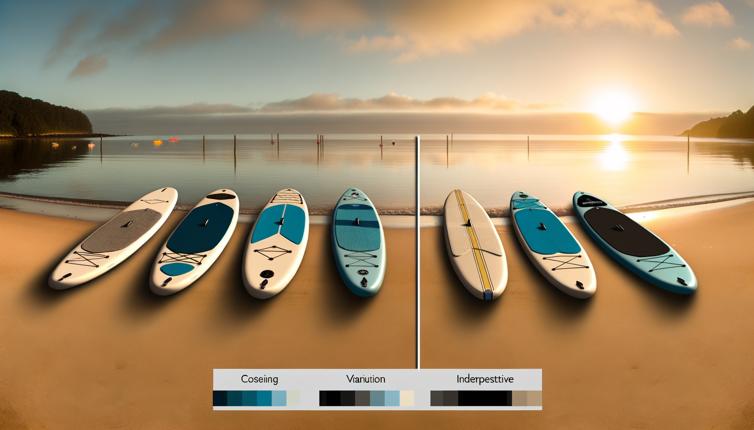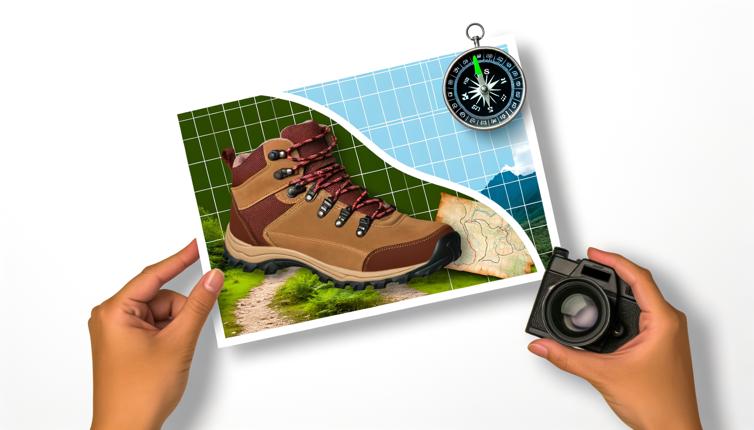Types of Paddleboards
The first step in picking the perfect paddleboard is understanding the different types available. There are three main types of paddleboards: all-around, touring, and surfing paddleboards.,All-around paddleboards are versatile and great for beginners. They are stable, easy to maneuver, and suitable for various water conditions.,Touring paddleboards are designed for long-distance paddling and are ideal for experienced paddlers. They are more streamlined and offer better speed and tracking.,Surfing paddleboards, also known as SUP surfboards, are specifically designed for catching waves. They are shorter, narrower, and more maneuverable, making them perfect for experienced surfers.
Board Size and Volume
The size and volume of a paddleboard play a crucial role in its stability and performance. When selecting a paddleboard, consider your weight, skill level, and intended use.,For beginners, a wider, longer, and thicker board provides more stability and buoyancy. Aim for a board with a volume that can support your weight without sinking.,Experienced surfers or those looking for a more challenging experience may prefer a narrower and shorter board for better maneuverability.,The general rule of thumb is that the more volume a board has, the more weight it can support and the more stable it will be.
Construction Materials
Paddleboards can be made from various construction materials, each offering different advantages and disadvantages.,Foam boards, also known as soft-top paddleboards, are great for beginners. They are durable, affordable, and provide good traction.,Inflatable paddleboards, made of reinforced PVC, are portable and easy to store. They are versatile and suitable for various water conditions.,Epoxy paddleboards are lighter, faster, and more durable. They are popular among experienced surfers but may be more expensive.
Conclusion
Picking the perfect paddleboard requires considering factors such as board type, size, volume, and construction materials. Beginners should opt for stable and wide boards, while experienced surfers may prefer narrower and shorter ones. Ultimately, the perfect paddleboard is one that suits your skill level, intended use, and personal preferences. By taking these factors into account, you'll be well on your way to finding the paddleboard that will enhance your paddling experience.








